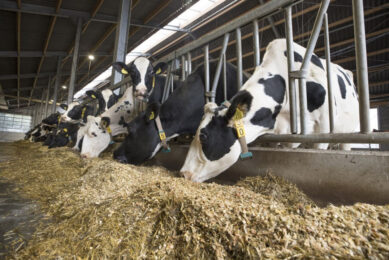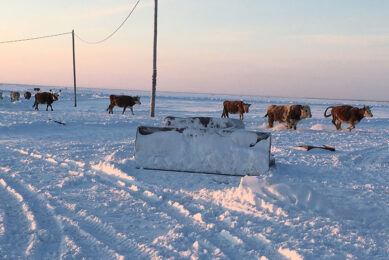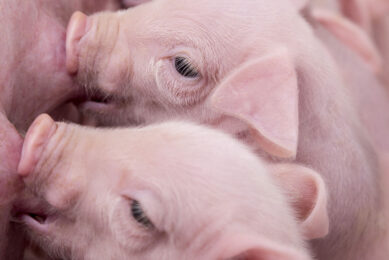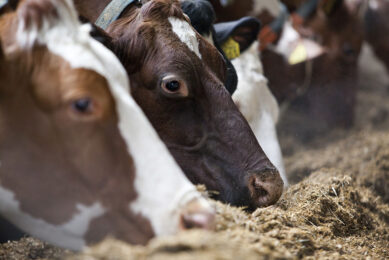EFSA investigates isolated BSE cases
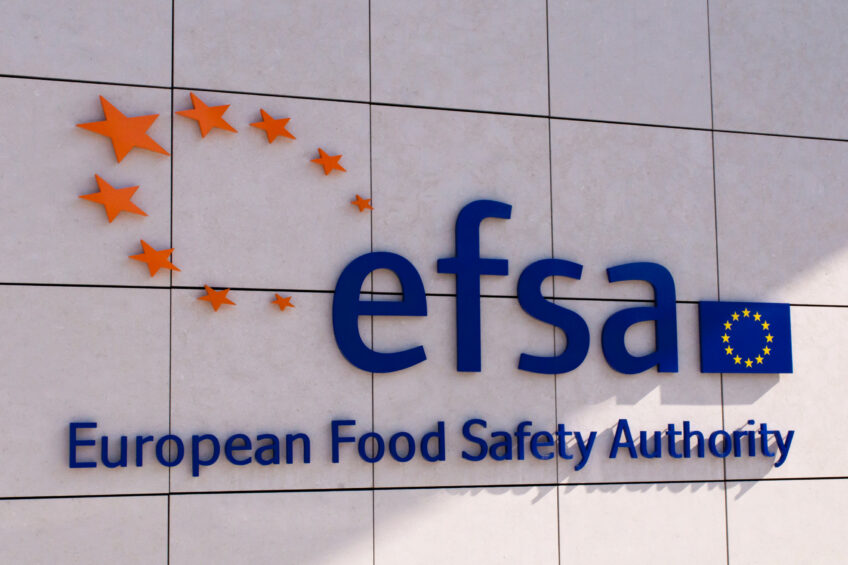
The European response to bovine spongiform encephalopathy (BSE) after the crisis of the 1980s has significantly reduced prevalence of the disease in cattle. However, isolated cases are still being reported in the EU and for this reason the European Commission asked EFSA to investigate their origin.
The key measure for controlling BSE in the EU is a ban on the use of animal proteins in livestock feed. This is because BSE can be transmitted to cattle through contaminated feed, mainly in the first year of life.
60 BSE cases in cattle born after 2001
60 cases of classical BSE have been reported in cattle born after the EU ban was enforced in 2001. None of these animals entered the food chain. Classical BSE is the type of BSE transmissible to humans. The Commission asked EFSA to determine if these cases were caused by contaminated feed or whether they occurred spontaneously, i.e. without an apparent cause.
Contaminated feed the most likely source of infection
EFSA experts concluded that contaminated feed is the most likely source of infection. This is because the infectious agent that causes BSE has the ability to remain active for many years. Cattle may have been exposed to contaminated feed because the BSE infectious agent was present where feed was stored or handled. A second possibility is that contaminated feed ingredients may have been imported from non-EU countries.
Other sources could not be ruled out
Experts could not rule out other causes due to the difficulty of investigating individual cases. Some constraints are the long incubation period of the disease and the lack of detailed information available from farms at the time of the trace-back investigation.
Series of recommendations
EFSA experts made a series of recommendations to maintain and strengthen the EU monitoring and reporting system, and to evaluate new scientific data that become available.
Read the full EFSA report here.
Join 13,000+ subscribers
Subscribe to our newsletter to stay updated about all the need-to-know content in the dairy sector, two times a week.



